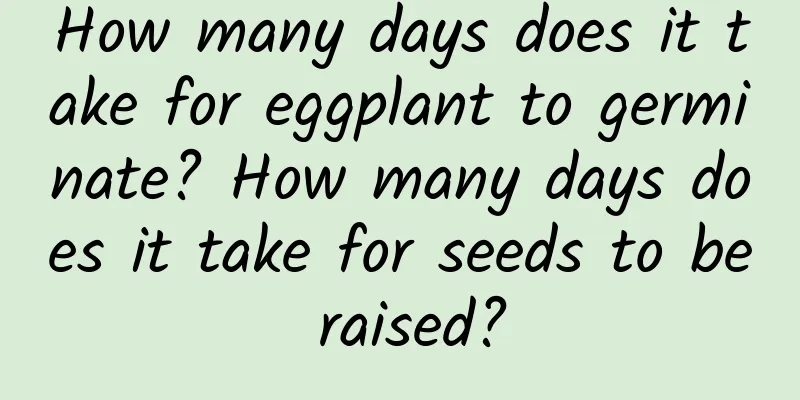How to grow colorful pineapple

1. Maintenance methods1. Temperature: The most suitable temperature is between 18 and 28 degrees. However, the most suitable range depends on the specific month. If it is from March to September, the best temperature is 22 to 28 degrees. If it is from September to March of the following year, the best temperature is 18 to 22 degrees. In addition, it can safely survive the winter if the temperature is not lower than ten degrees. 2. Light: It likes light very much and is a positive plant. Ensure sufficient light for it to grow normally and bloom. However, exposure to the sun in summer should also be avoided, and shade can be provided only in summer. There is no need for shading in other seasons, especially winter. 3. Watering: It likes moisture and has high requirements for air humidity. Water it in time during the growing season to keep the substrate moist. Spray water in time when it is dry or the temperature is high. In addition, a little water is needed in winter and the humidity is kept at around 50%. 4. Fertilization: It does not require much fertilizer and can be fertilized once a month or so. In addition, it is best to choose a substrate with more nutrients, or mix in some fertilizer. 2. Breeding techniques1. Reproduction: It can be propagated by division. First of all, you need to choose a strong mother plant, and there must be some sprouts next to it, because these are the materials for reproduction. When these suckers grow to about ten centimeters, you can cut them off and plant them. Keep the temperature between 25 and 28 degrees. After about twenty to twenty-five days, new roots will grow. 2. Repotting: The soil can be changed once one or two years. A substrate with high nutrients and good air permeability is needed, such as leaf mold mixed with sand and bark particles as the new soil. When changing the soil, you can cut off the rotten roots. 3. Problem diagnosis and treatment1. Disease: The most common disease is "leaf spot". Bordeaux or carbendazim can be used for treatment, and timely ventilation, disposal of surrounding fallen leaves and messy items, etc., can be carried out to avoid further spread of the disease. 2. Pests: The main types are "whiteflies" and "thrips", which can be controlled by using pesticides such as omethoate. IV. Other issues1. Toxicity: It is non-toxic and harmless. 2. Can it be grown at home: It is quite suitable, and it is a good ornamental plant. However, its price is relatively expensive, so it is not popular. |
<<: How to cultivate Fritillaria
>>: How to grow stinking peony
Recommend
The best time to repot dahlias, preparations and steps for repotting
The right time to repot dahlias The time to repot...
How to plant Dendrobium candidum? How to grow Dendrobium candidum
1. Planting method 1. Planting time: The time for...
What is the best way to grow ice plant?
Ice plant, also known as crystal ice plant, ice g...
Take you to magical South Africa to see succulents, it will be an eye-opener!
Compared with those beautiful flesh in Japan, all...
How to raise rhinoceros beetle
Rhinoceros beetle is a popular insect pet in rece...
The efficacy and function of perilla, pictures of perilla
1. Detoxification Perilla has a good detoxificati...
Willow bark orchid planting method
1. Proportioning method It is a good choice to ch...
I bought a pot of it during the Chinese New Year, and it grew into a green waterfall in 20 days. All my relatives and friends were stunned!
Grow asparagus fern into a waterfall to make the ...
How to grow dahlia tubers
1. Planting method When planting dahlias, it is r...
Time and method of changing soil for iron tree
Time to change the soil of iron tree The best tim...
Medicinal value of Potentilla fruticosa
1. Strengthen the stomach and clear away heat The...
Cultivation methods and precautions of lisianthus
How to grow lisianthus temperature The suitable g...
Signs before Lithops peeling
1. Signs before peeling Under normal circumstance...
How to make green radish climb the wall
1. Wall climbing method 1. Fix with tape: Pothos ...
What to do if orchid roots rot? Can the orchid survive if the roots rot?
1. What to do if orchid roots rot 1. Repotting: I...









